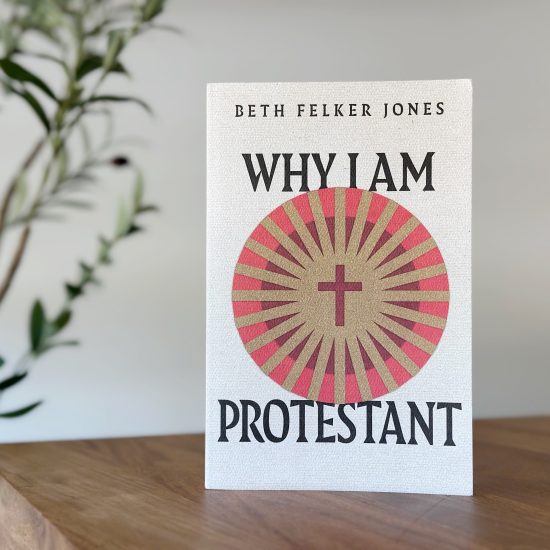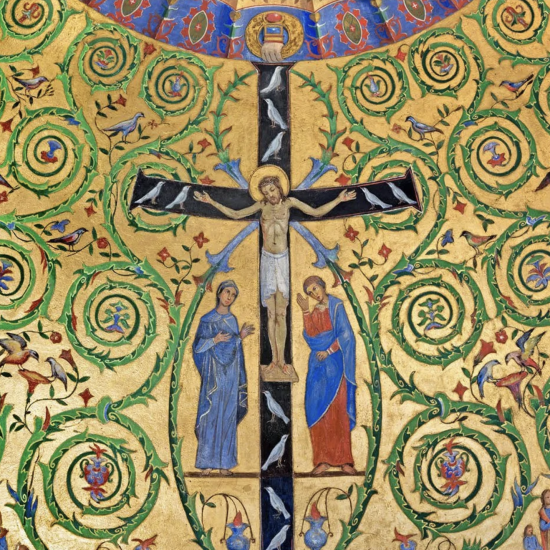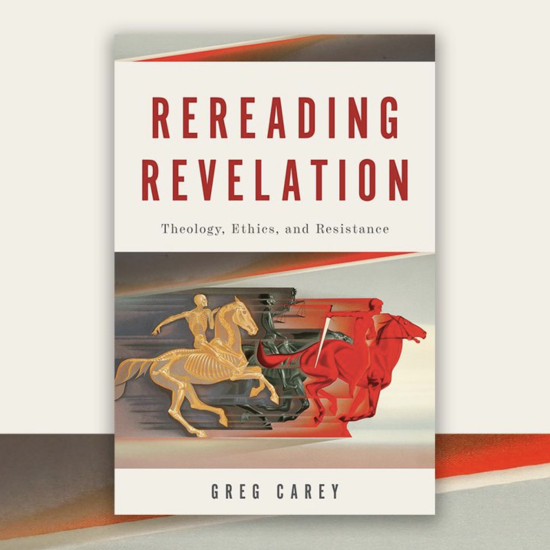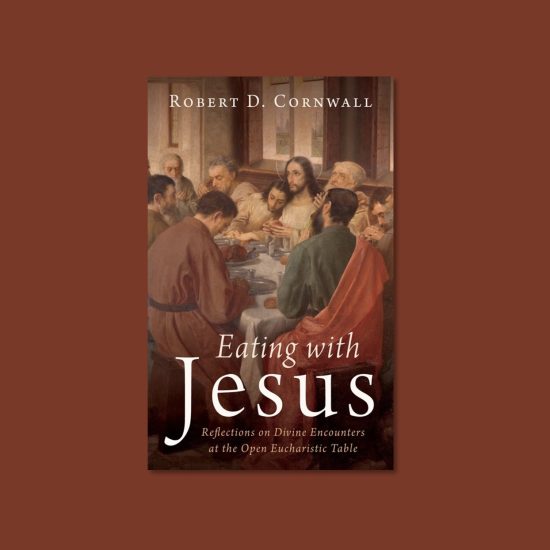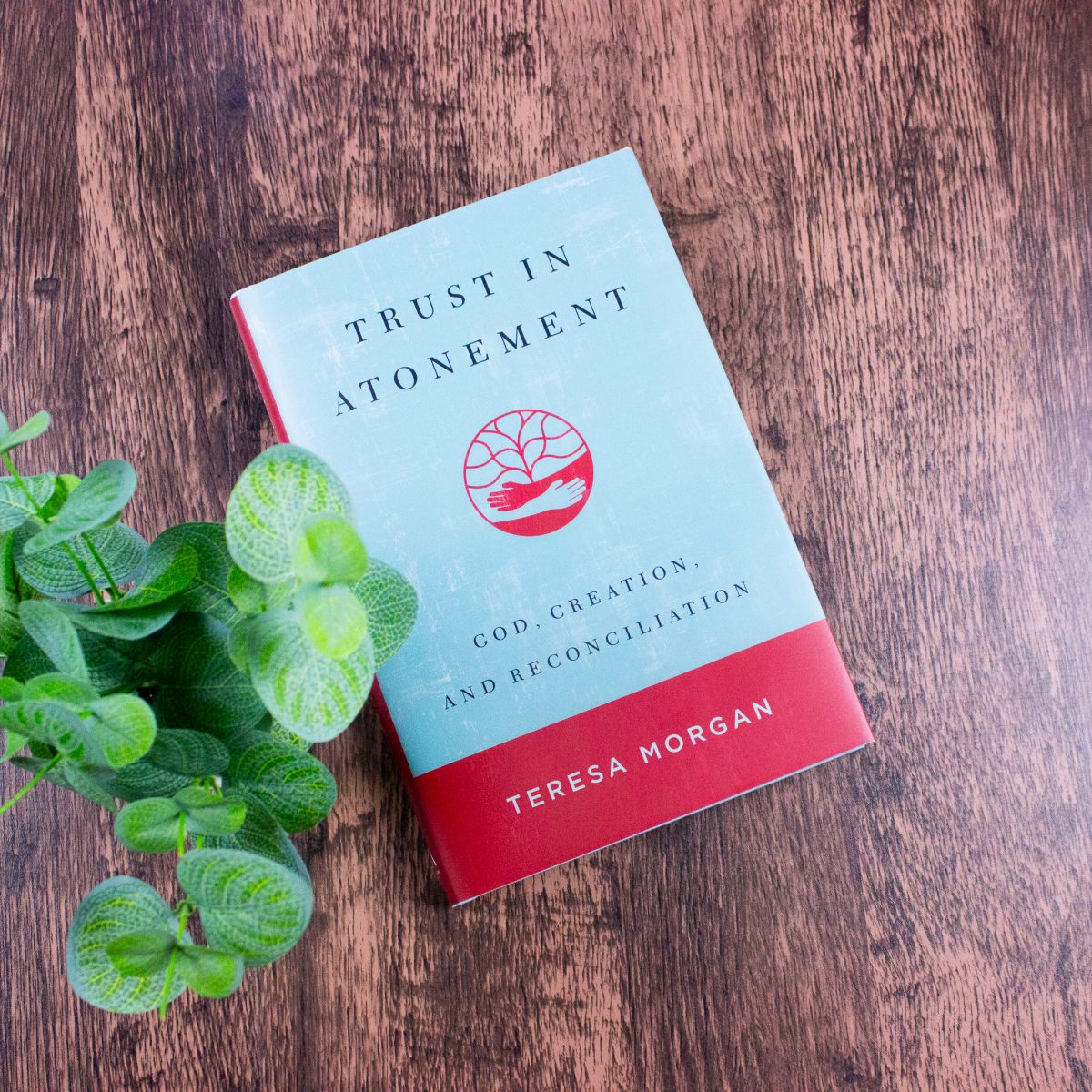
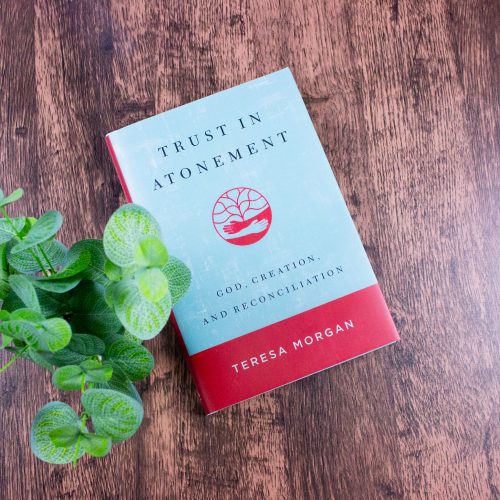
TRUST IN ATONEMENT: God, Creation, and Reconciliation. By Teresa Morgan. Grand Rapids, MI: Wm. B. Eerdmans Publishing Company, 2024. X + 267 pages.
There are many atonement theories on the market. The most popular, at least among Protestants, is Penal Substitution, a reworking of Anselm’s Satisfaction theory. Each atonement theory has support in Scripture, but they all have problems attached. One of the biggest concerns centers on the purpose of Jesus’s death on the cross. Did he die to satisfy God’s wrath, to pay a debt owed to God, or simply to satisfy God’s honor? Perhaps Jesus died as an example for us to follow, inviting us to embrace a life of sacrifice. But that theory also has problems. There is the idea that emphasis should be placed on Christ rising victorious over death. There is also the ransom theory that suggests that Jesus died to ransom humanity from the devil, who was said to own the souls of sinful humanity. If none of these seems to be a satisfying explanation for what happened on the cross, then perhaps we need another alternative theory that recognizes the importance of the cross but does not have the same baggage as the others previously mentioned. Enter a theory emphasizing trust, which is understood to be a two-way reality. Could such a theory offer us a way forward? I must say that I’m intrigued by the possibility.
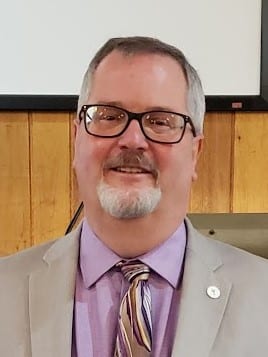
Robert D. Cornwall
In her book Trust in Atonement, Teresa Morgan, the McDonald Agape Professor of New Testament and Early Christianity at Yale Divinity School, provides a detailed description of an alternative atonement theory that centers on trust. In developing this theory, Morgan offers us a vision of Jesus’s death on the cross that does not depict God having to be mollified. In this theory, Morgan speaks of the cross creating a space where reconciliation between God and humanity can take place. But, it is not just God and humanity because she also speaks of the need for reconciliation between God and creation as a whole, as well as inter-human relationships. The goal of reconciliation is a restoration of trust.
In developing her theory of atonement, Morgan often emphasizes the central message by separating the word atonement into syllables. Thus, she focuses on the idea of at-one-ment. In her view, Jesus is the source of at-one-ment. As the title of the book suggests, the means to at-one-ment requires the building of trust. The Greek word here is pistis or forms thereof, which can take on a variety of meanings, including trust, trustworthiness, faithfulness, loyalty, etc. In this book, she picks up on the idea of pistis as trust and trustworthiness.
Even as other atonement models have biblical roots, Morgan’s theory of atonement as trust also has strong biblical roots, as the concept of trust is ubiquitous in the New Testament. These words are regularly used in the relationship between God and humanity, which is restored through Christ. As we discover, Morgan believes that “Jesus creates from the cross a space in which God reaches out with trust to humanity, and humanity is invited to take a step of trust with Christ into relationship with God” (p. 31).
Morgan begins laying out her theory in Chapter 1 with a discussion of “Wrongdoing and Suffering, Trust and Mistrust.” This is a foundational chapter in that she reminds us that the reason for the cross is human sin. The goal, then, is to identify both wrongdoing and suffering and replace mistrust with trust. She explores this issue using the Gospels and Paul’s letter to the Romans as a guide. In her view, drawing on the New Testament, “human beings can fall out of trust with God and put trust in the wrong places, through either wrongdoing or suffering” (p. 81). The goal of the incarnation and the cross is to restore this broken trust.
The second chapter is titled “Trust after Trauma, Conflict, and Offending.” While the first chapter drew on biblical resources to discern the role of trust in the pursuit of reconciliation, in this chapter, Morgan focuses on contemporary examples of restoring trust. Trauma and conflict, along with offenses, easily undermine trust. With this in mind, Morgan shares stories about attempts to restore trust in the context of such broken relationships, as seen with the Tutsis and Hutus in Rwanda, as well as the parties involved in the Columbian peace process. Having shared several stories beyond the two mentioned, she concludes that “trust is essential where individuals or groups hope to mend broken relationships, whether after war, trauma, or offending” (p. 113). By acting together, humans can address wrongdoing and suffering.
Having provided the reader with examples of broken trust and attempts at reconciliation, we turn in Chapter 3 to the realm of theology. Here, Morgan speaks of “The Trust and Trustworthiness of Jesus.” She draws especially from Paul’s Letter to the Romans to address the key question of Christian theology, which is whether Jesus had to die. Morgan answers that question in the affirmative, but not for the usual reasons. Jesus didn’t die to pay a debt we cannot pay or to satisfy God’s wrath. Rather, in Jesus’s death, God created a space where trust could be restored. God placed trust in Jesus, Jesus placed trust in God, and that space allowed for trust to be restored between God and humanity due to human wrongdoing and suffering. As such, Jesus’s death is exemplary in that it invites the faithful to imitate Christ by placing trust in God. Even in the moment of human evil, God offers trust to humanity and invites humanity to respond to God in trust. Morgan writes that the cross is a human evil that God used to meet humanity to bring at-one-ment. But, “to take part in the restoration of its relationship with God, humanity must respond to God’s therapeutic trust and take their own step of trust into that space. Those who take the step must die spiritually to a world ruled by wrongdoing and pain, as well as become part of a new creation. To make that possible Jesus dies before them, so that they can die with him and he, in his exalted life, is with them as they travel” (p. 150).
We move in Chapter 4 from a focus on trust and the trustworthiness of Jesus to restoring “Trust in Creation.” In this chapter, Morgan goes beyond the divine-human relationship to God’s relationship with creation (and creatures). She reminds us of the biblical imperative that everything God created is good. She shares examples of studies that speak of how nonhuman entities, animals, can show empathy and compassion while also showing malevolence. Thus, Christ also offers a path of trust for the nonhuman creation to experience atonement and reconciliation. This is a concept rarely explored but intriguing. As Morgan reminds us, we are, as humans, part of creation. Therefore, we have much in common with animals, plants, and other life forms. Therefore, if we are to experience at-one-ment, it will need to involve our relationships within creation. She writes that “at a time of crisis in humanity’s relationship with the natural world, perhaps we should be looking to practices of trust and trustworthiness in the animal and plant worlds as much as in the human world to call us back to a better relationship with God the Creator” (p. 195).
The fifth and final chapter of this intriguing book is titled “As We Forgive.” While the earlier chapters address the nature of wrongdoing and suffering and the role that Jesus plays in restoring trust to the divine-human and divine-creation realities, here, the focus is on our relationships with each other. In addressing these relationships, Morgan portrays Jesus playing an important role as the mediator in inter-human relationships. She speaks here of at-one-ment in terms of Jesus creating space so that trust can be restored between human beings. Thus, atonement between humans is a “triangular process,” such that Jesus is involved in the process of reconciliation through the restoration of trust. She writes that “Christ offers to humanity — both those who have done wrong and those who have suffered — a wholly and transformative trustworthy relationship with himself and with God. On this basis, he calls humanity to trust and be trustworthy to God, to himself, and other people, and he entrusts us with work of at-one-ment in this world” (p. 218). By focusing on trust rather than paying debts or satisfying God’s wrath, Morgan provides us with a broader understanding of the purpose of the cross, such that it builds a pathway to restoring broken relationships in several dimensions, including the divine-human and the human-human relationships.
As Teresa Morgan brings her book Trust in Atonement to a conclusion, she writes that with her model of the atonement, “the restoration of trust is the indispensable first step to the reconciliation of humanity with God, with itself, and with the rest of creation” (p. 225). Her vision of the restoration of trust through the incarnation and the death and resurrection of Jesus, which makes space in a broken world, allows for the restoration of what is broken. It is, it seems to me, a beautiful image of what Christ accomplished even through his death and resurrection. Morgan’s Trust in Atonement: God, Creation, and Reconciliation is a most compelling book that offers Christians an alternative vision of the cross that addresses the brokenness of relationships, whether with God, creation, or one another, but does not depict God as needing to be mollified to forgive. Ultimately, this is a very scholarly work, which means that it is dense at points. However, it is still very accessible for the serious student. I can imagine preachers drawing on her work as they seek to define the purpose of the cross for their congregations. I believe her message will be well received.
This review originally appeared on BobCornwall.com.
Robert D. Cornwall is an ordained minister in the Christian Church (Disciples of Christ). Now retired from his ministry at Central Woodward Christian Church (Disciples of Christ) of Troy, Michigan, he serves as Minister-at-Large in Troy. He holds a Ph.D. in Historical Theology from Fuller Theological Seminary and is the author of numerous books including his latest “Second Thoughts about the Second Coming: Understanding the End Times, Our Future, and Christian Hope” coauthored with Ronald J. Allen. His blog Ponderings on a Faith Journey can be found here.

